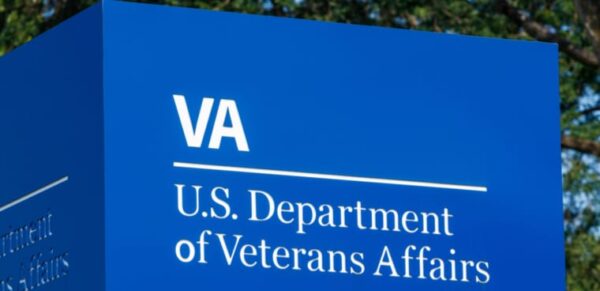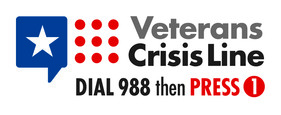
The VA launched a new Women’s Health Transition Training course in an attempt to address gender “barriers” to VA benefits outlined in a 2017 study, the agency announced on Monday.
The Department of Veterans Affairs said the course is intended to better help women veterans learn about VA health care, noting that a substantial number of women veterans are not enrolled.
“Women are the fastest-growing segment of the U.S. Veteran population, but only 40% of eligible women veterans are enrolled in VA health care,” VA stated in a March 8 press release.
While the VA already has a Transition Assistance Program in place, women veterans have historically been less likely to enroll for healthcare benefits.
The Study of Barriers for Women Veterans to VA Health Care, which was jointly conducted by the VA and the Department of Defense and published in 2017, found numerous obstacles for women attempting to enroll in and receive VA health care services, including poor information outreach, stigmas, and a lack of “gender sensitivity” regarding services offered.
Of those broader categories, communication and sexual trauma were identified to be among the largest barriers, with only about two-thirds of women veterans being aware of gender-specific VA health care services and approximately 41% of servicewomen being the recipient of “uninvited or unwanted sexual attention.”
The 2017 study outlined several avenues for the VA to improve women veterans’ care and overall experience, most notably via a concerted effort to provide servicewomen with the proper tools and resources before and after they transition from the armed forces, which the recent launch of the women veterans-specific online TAP course attempts to address.
However, the 2017 study also emphasizes that women who have been victims of sexual assault during their military service are “more inclined to avoid VA for their mental health needs, yet this is a population with significant need for these services.”
A separate and more recent DoD report published in 2020 found that a culture of sexual assault, victimizing both men and women, is rampant in the armed forces. While the DoD contends in the report that steps are being taken to reduce and eliminate sexual assault in the military, accusations of unfair policies regarding military sexual assault have made national headlines as recently as late February.
It remains unclear how much progress the DoD has actually made in curbing military sexual assault.












